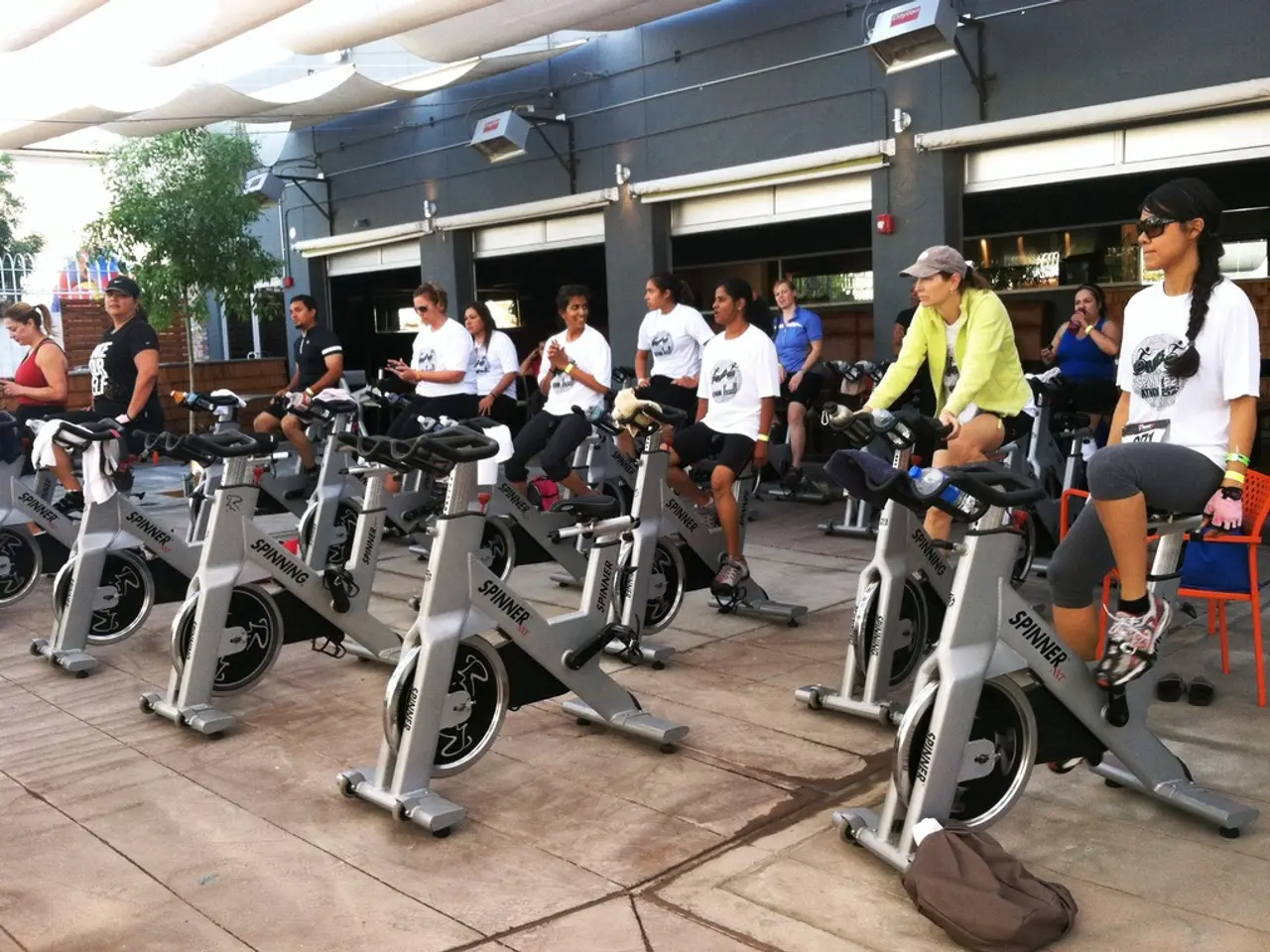Heat Illness: Causes, Symptoms, and Prevention in Sunny Weather
Heat illness, ranging from mild heat cramps to severe heatstroke, poses a significant risk, particularly on sunny days. Understanding its causes, symptoms, and prevention is crucial for staying safe in hot weather.
Heat illness occurs when the body's cooling mechanisms fail to keep up with rising temperatures and humidity. This can happen due to intense physical activity combined with environmental factors like high heat, humidity, and low airflow. Young children and older adults are especially vulnerable.
Symptoms progress from mild heat cramps, treatable by rest and hydration, to severe heatstroke. Heatstroke, marked by a core temperature of 103°F or higher, hot and dry skin, disorientation, rapid pulse, and fainting, is a medical emergency. It can lead to brain damage or death if untreated. To prevent heat illness, drink fluids regularly, adjust exercise intensity, and workout during cooler hours.
Heat illness, from heat cramps to heatstroke, is a serious concern on sunny days. Recognizing symptoms and taking preventive measures can help ensure safety. If unsure, seek medical attention immediately.
Read also:
- Hospital's Enhancement of Outpatient Services Alleviates Emergency Department Strain
- Increased Chikungunya infections in UK travelers prompt mosquito bite caution
- Kazakhstan's Deputy Prime Minister holds discussions on the prevailing circumstances in Almaty
- In the state, Kaiser Permanente boasts the top-ranked health insurance program





